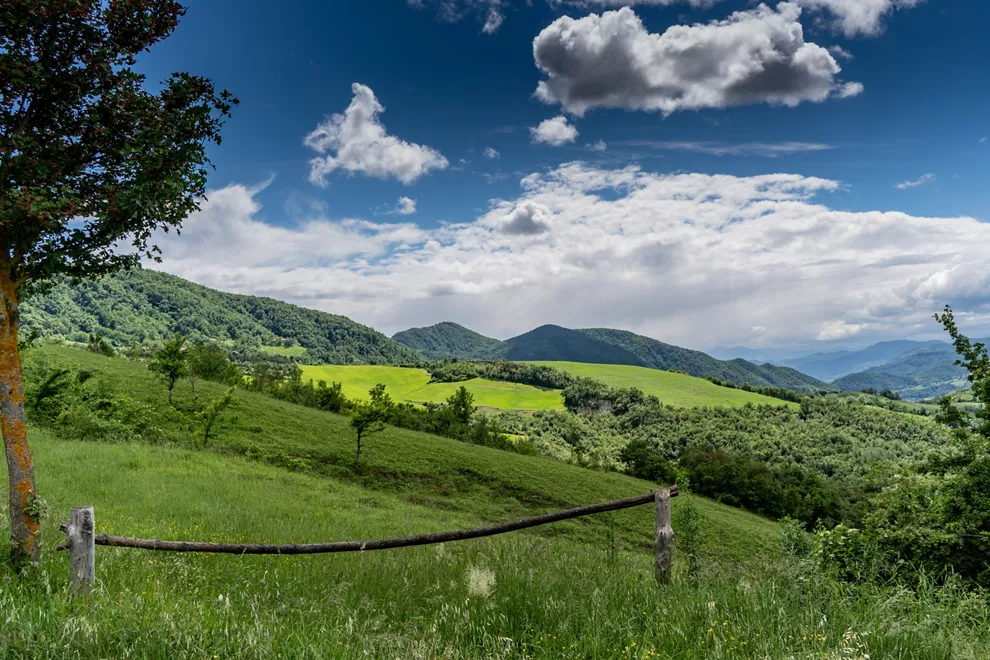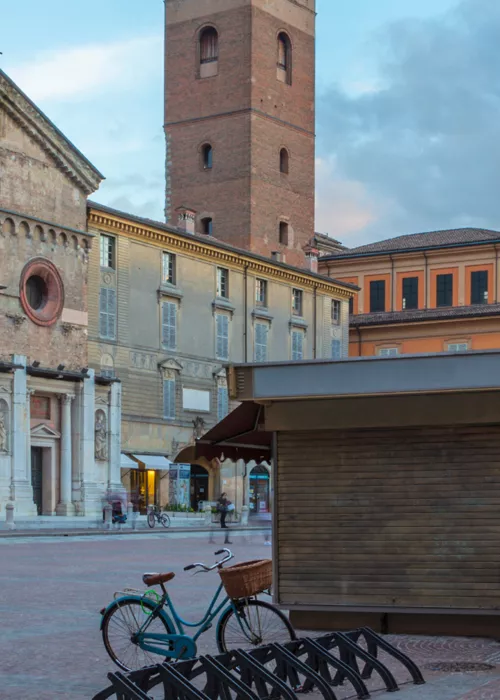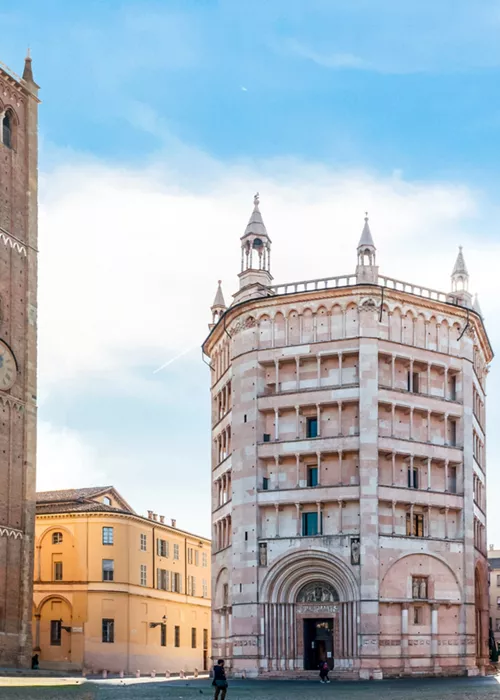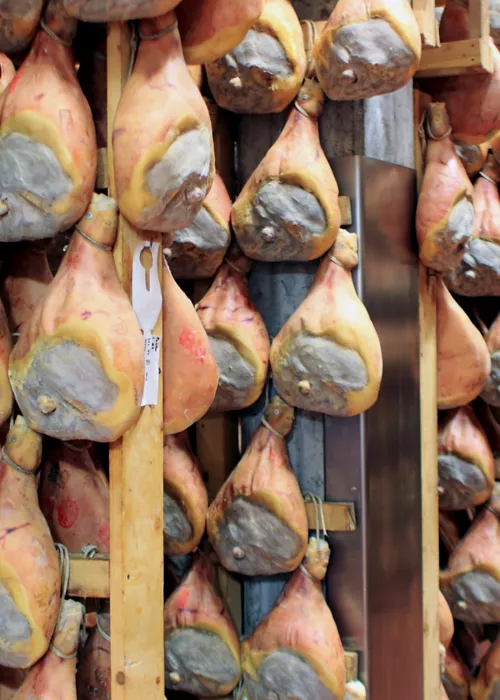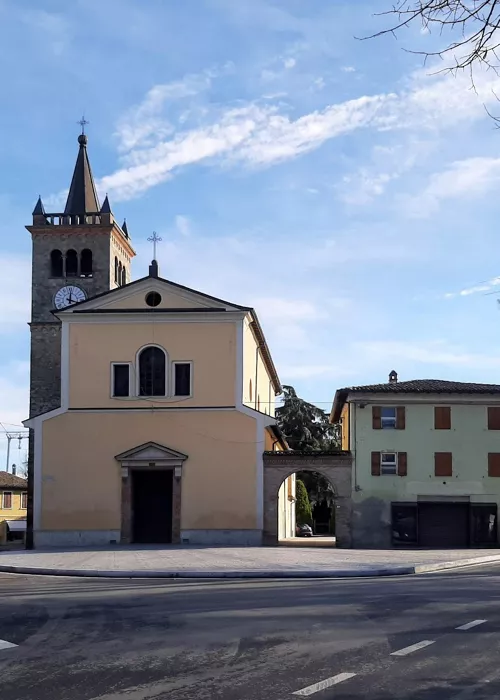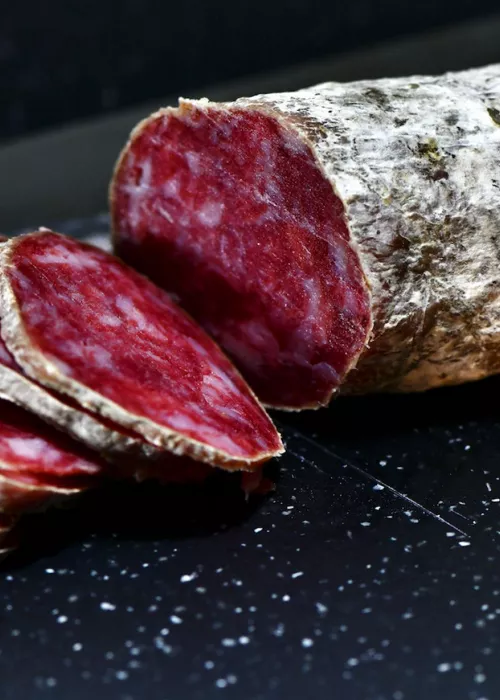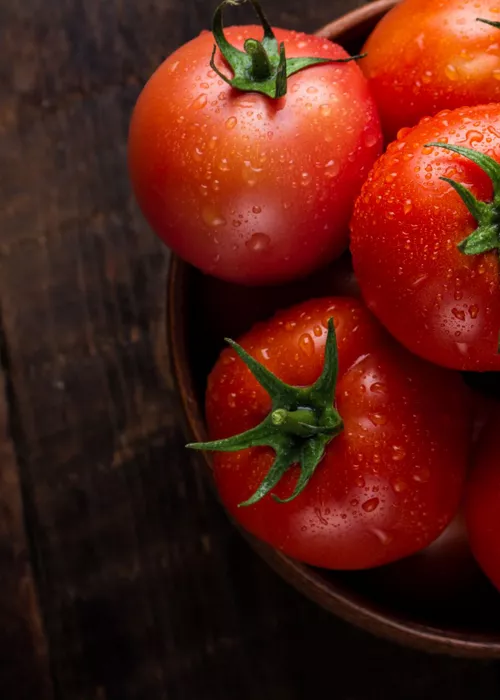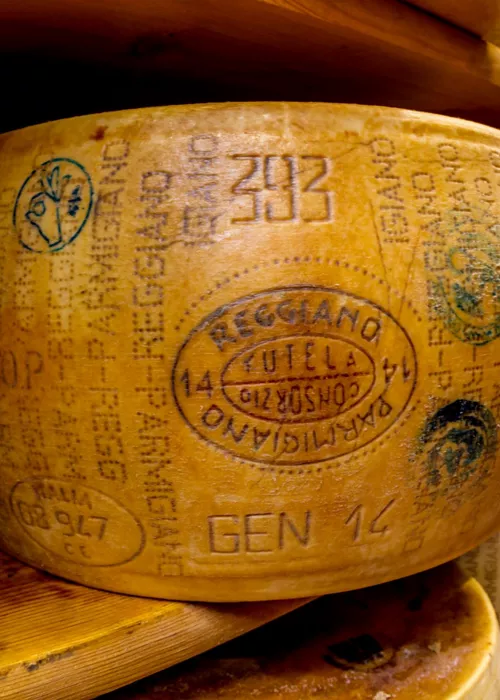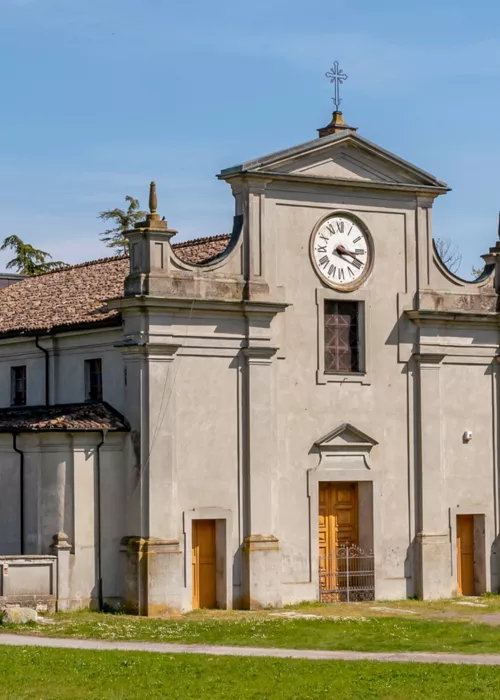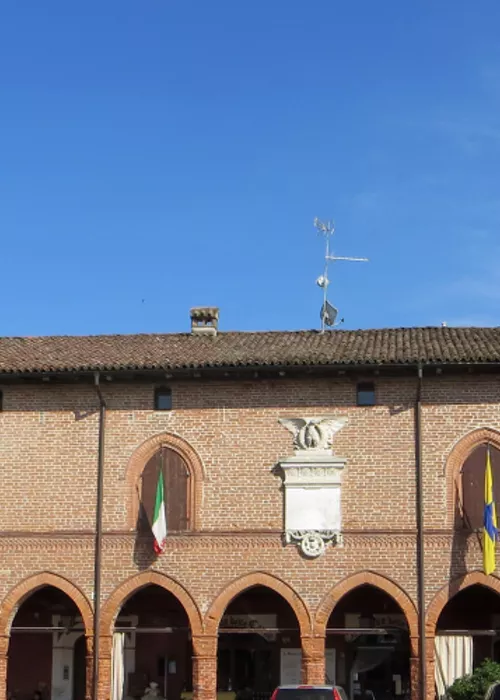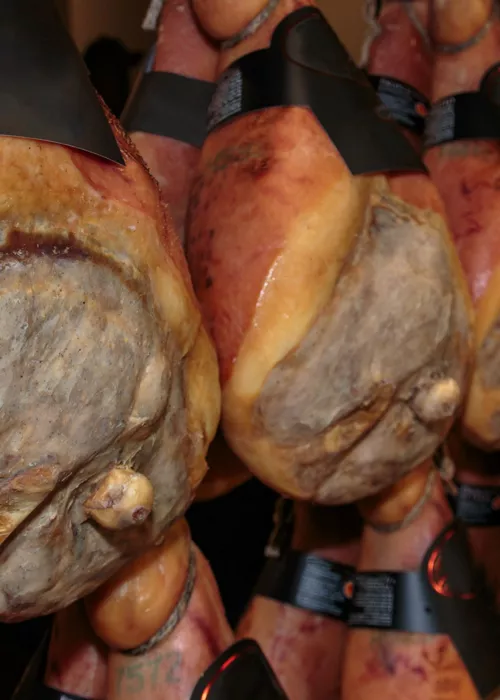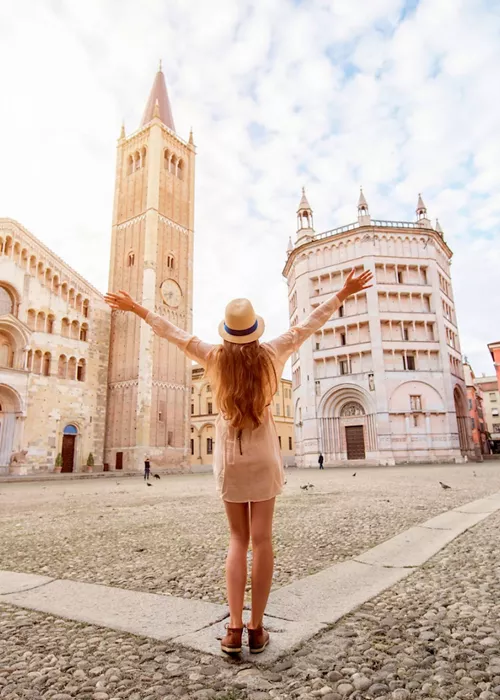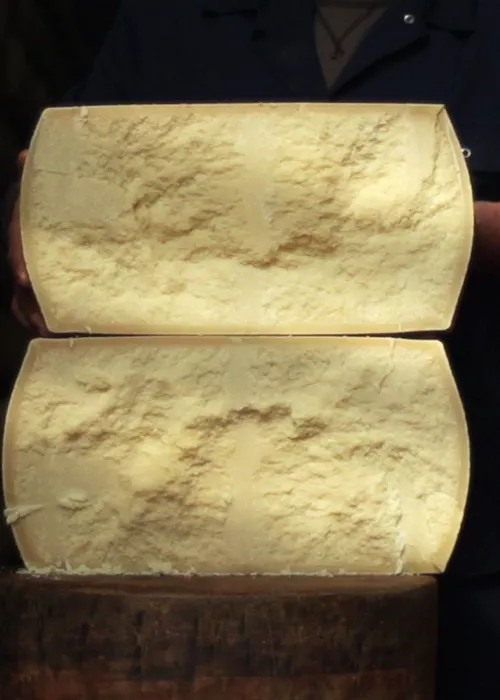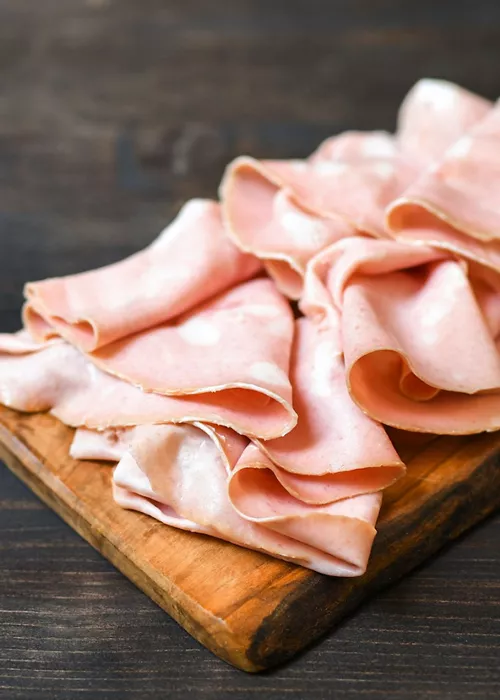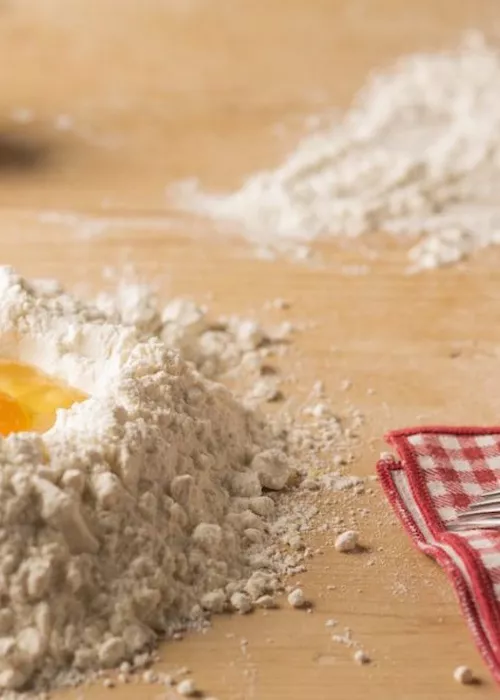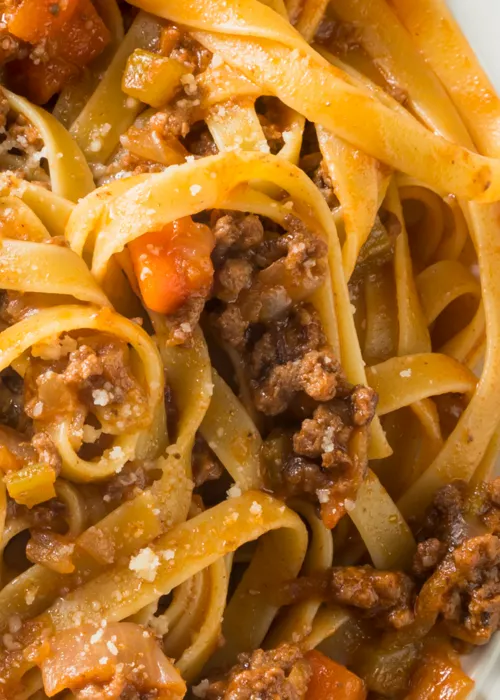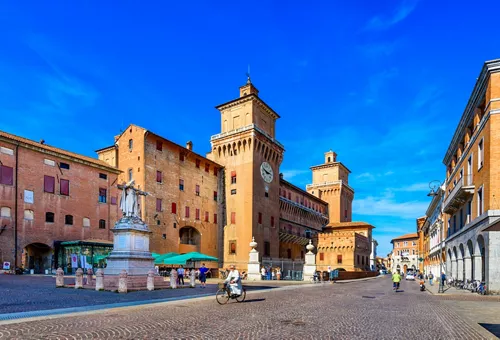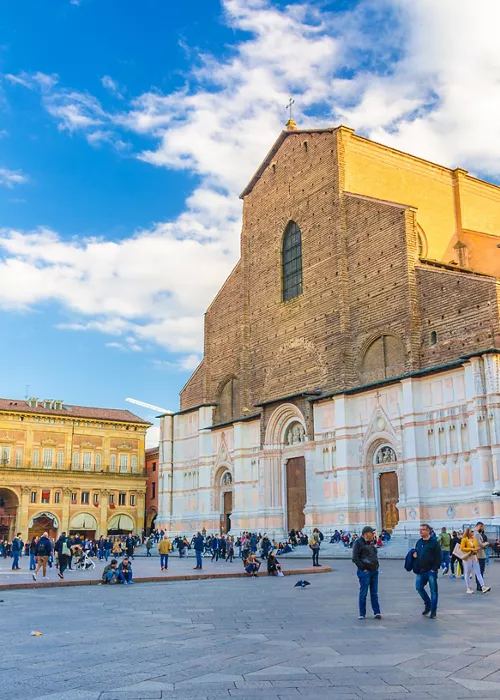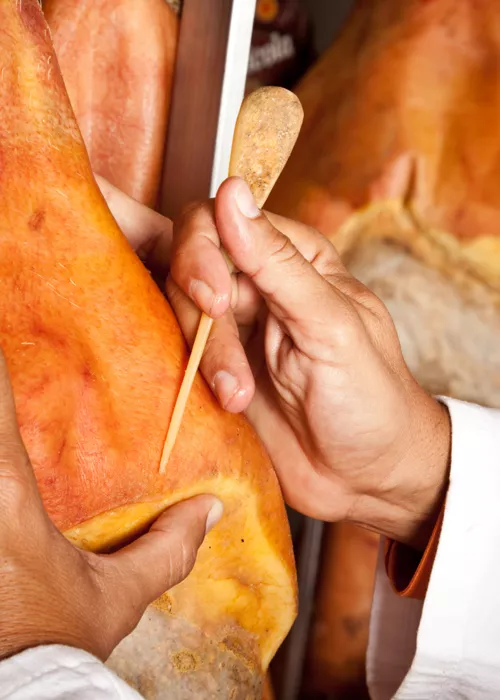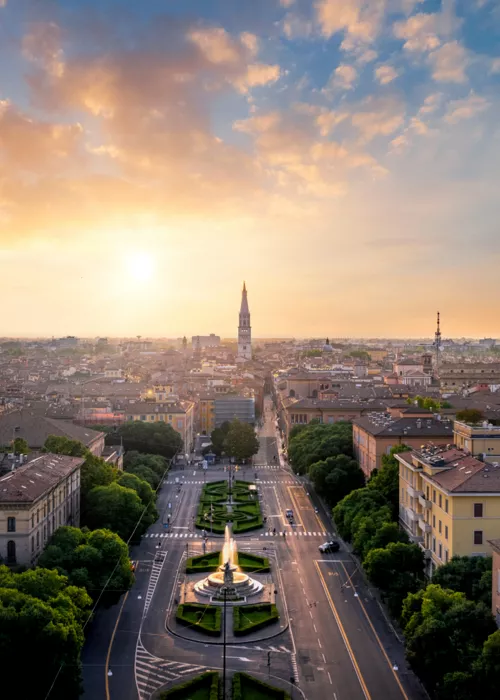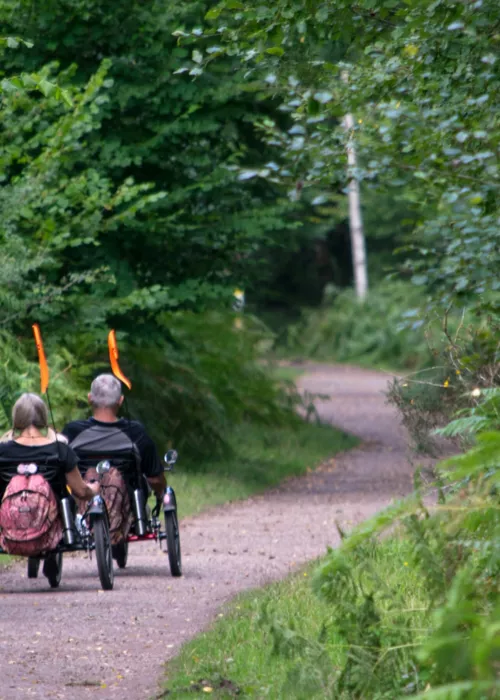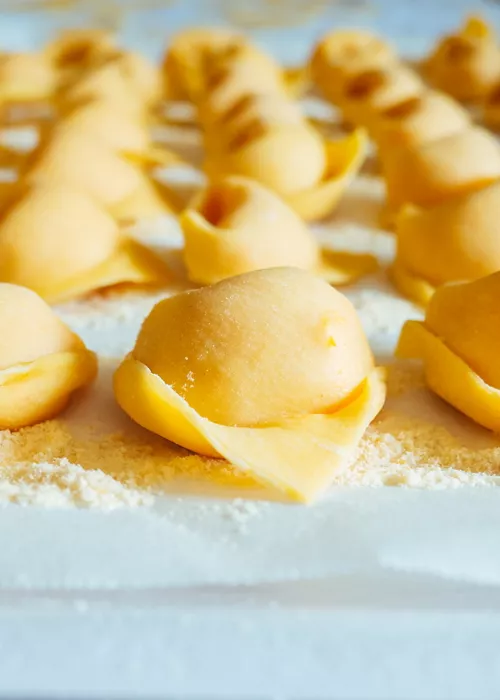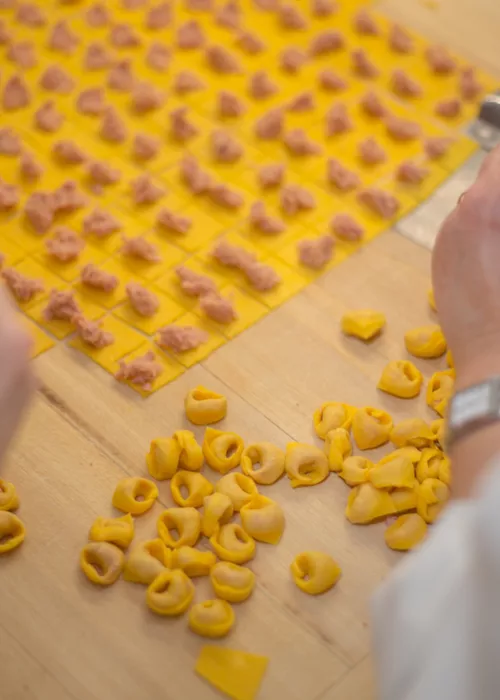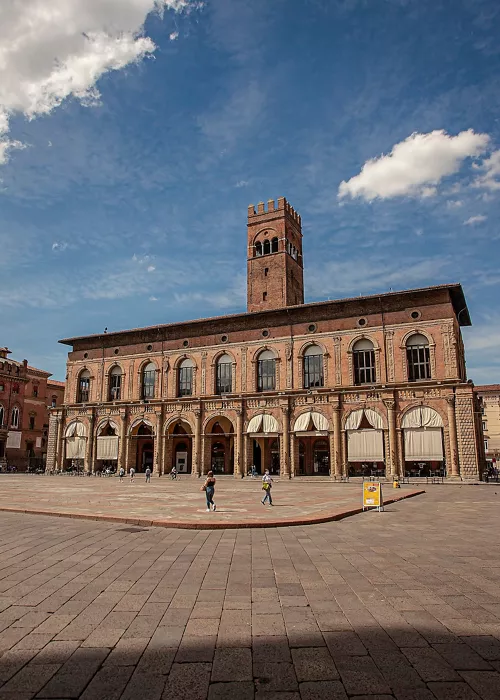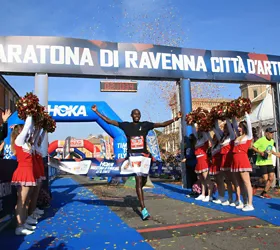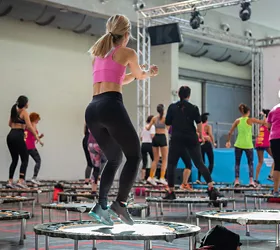Emilia-Romagna: a journey into the heart of the Food Valley
4 minutes
Emilia-Romagna to see and to eat: and if you have ever visited its towns and villages, you know what we are talking about: the excellent cuisine it offers.
Seasonal, quality ingredients combined with the skilful art of those who continue to prepare traditional dishes using recipes handed down through generations.
The result is celebrating the monuments and history that have made this region great, the world now bows before the art of good living of this territory, home to a Food Valley rightly considered a Mecca for lovers of good food.
On the hunt for products of excellence
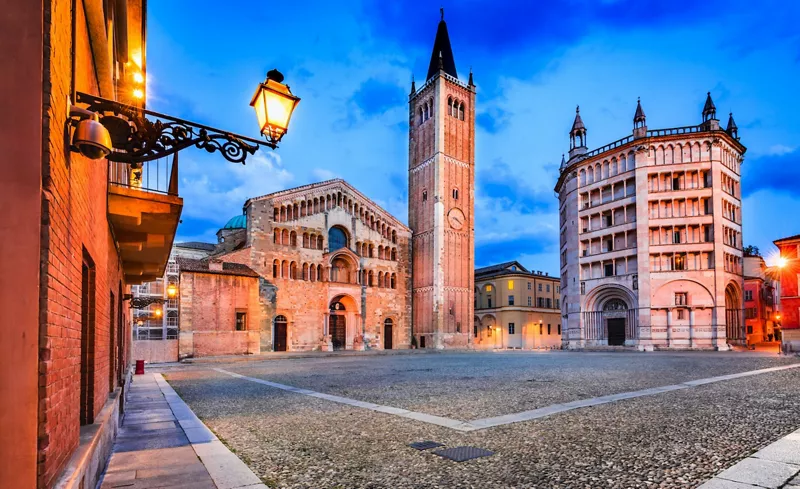
Emilia-Romagna is one of the best eating regions not only in Italy, but in the whole world: this is not our word, it is attested by a 2013 Forbes magazine award and confirmed by any tourist who comes here and tastes its delicacies. Will you come with us to discover this mouth-watering itinerary?
Irresistible Parmesan Cheese
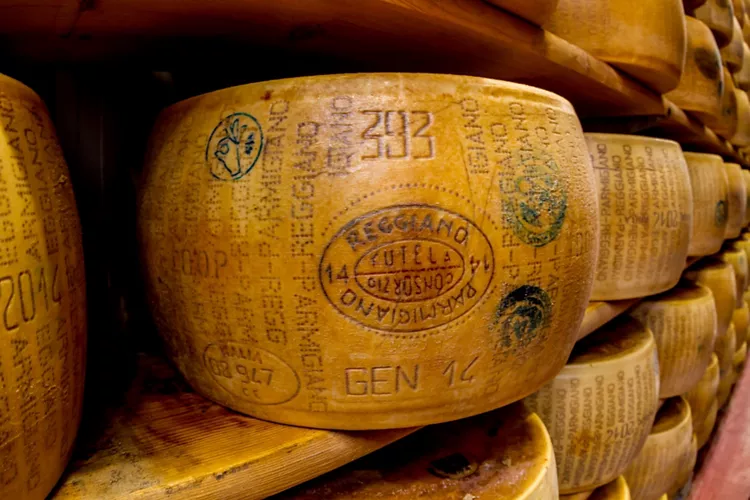
First stop is Reggio Emilia, time for a first taste. The headquarters of the Parmigiano Reggiano Consortium is located here: enter a cheese factory to discover all the stages in the preparation of this cheese. During the visit, master cheesemakers demonstrate the ancient and traditional acts of milk processing and take you on a tour of the most copied Made in Italy product in the world. The final taste is a must: try to guess the seasoning stage, to perceive the fresher or the more aged variant with its stronger flavour. Above all, take the opportunity to stock up on Parmigiano Reggiano.
The seduction of Balsamic Vinegar
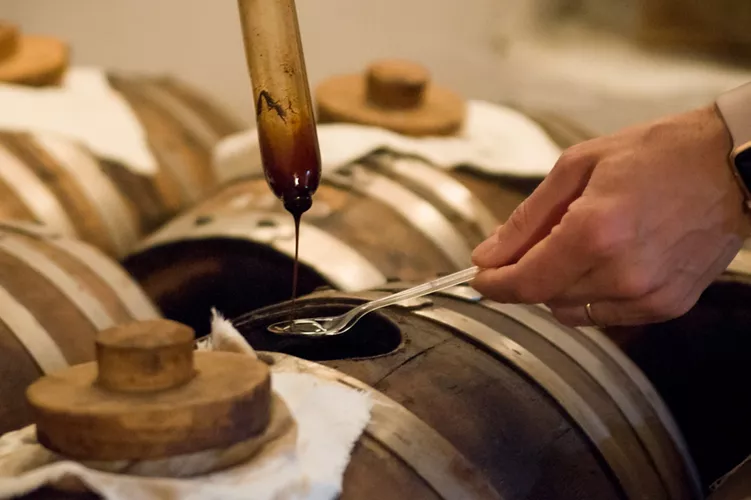
Let's stay in Reggio Emilia again to celebrate Traditional Balsamic Vinegar, another emblem of Emilia, certainly delicious but also healthy. This medicinal balsam, as enthusiasts and connoisseurs call it, has organoleptic, nutritional and qualitative qualities that are refined with age. A rare delicacy that has very ancient origins: there are, in fact, documents attesting to its presence on the tables of Matilda of Canossa.
The king of charcuterie: His Majesty Prosciutto di Parma
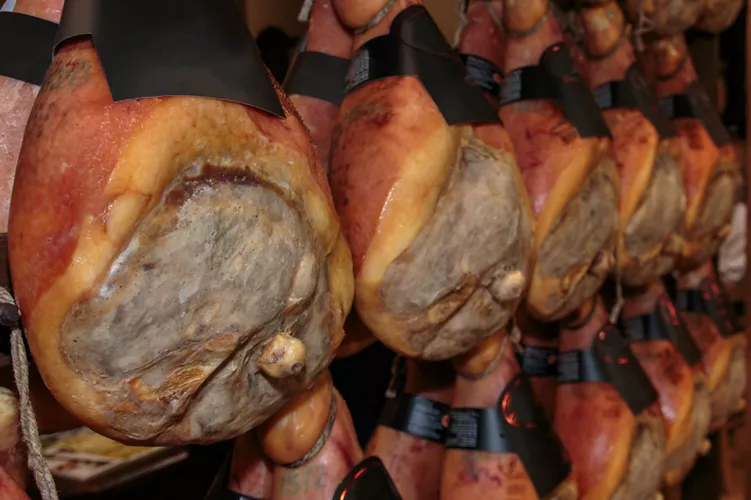
To visit Emilia and not enjoy at least a slice of Parma Prosciutto would be truly unforgivable. So here we are in Parma, heading for a prosciutto factory. Because the PDO, the Protected Designation of Origin this product boasts, is closely linked to this territory, bordered to the east by the Enza river and to the west by the Stirone stream.
Its production phases could be described as maniacal: it is essential to preserve the genuineness of the meat. The location of excellence for the birth of this delicacy are the hills of Langhirano and the surrounding area, and there is a specific reason for this: only here, in fact, are there the ideal climatic conditions for natural curing, capable of guaranteeing the sweetness and flavour that characterise true Prosciutto di Parma. Yes, but how to recognise it? The original has a special mark that is represented by a five-pointed crown.
Along the itinerary of the Food Museums
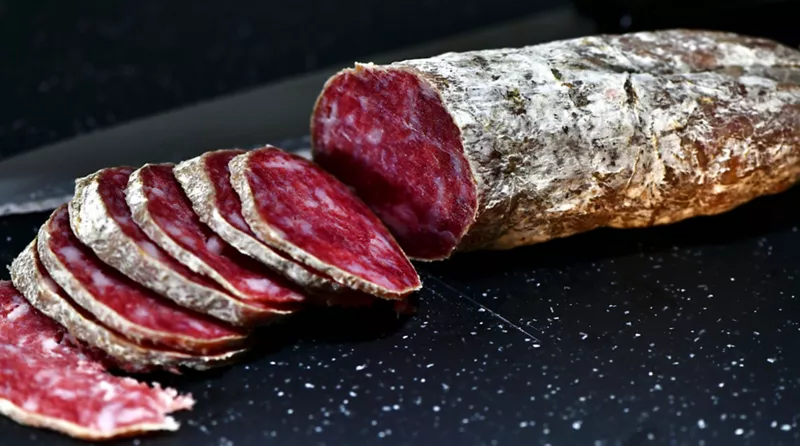
Still in the Parma area, because a visit to the Italian capital of Food Valley deserves extra time. The Food Museums, for example, are worth a day's itinerary alone, because there are no fewer than eight of them, located in seven towns in the province of Parma. In each of them, the layout places food as the absolute protagonist, narrating it from different points of view. One can see close up the ancient tools used for production or observe the techniques that craftsmen handed down over time, or unearth the traces that food and wine traditions have left in local art and literature.
After all, there is a reason why Parma deserved the title of UNESCO Creative City for Gastronomy. Ready? Start with the first museum dedicated to Parma Prosciutto, in Langhirano.
The tour continues to Felino, a small town not far from Langhirano for a taste of the salami of the same name, before stopping in Sala Baganza, with its Wine Museum, followed by the Tomato and Pasta Museums, inside the Corte di Giarola in Collecchio. There is also the Parmigiano Reggiano Museum, but in this case you have to go to Soragna, while on the banks of the Po, in Polesine Parmense, the Culatello and Masalèn Museum awaits you.
Tasting Parma cuisine
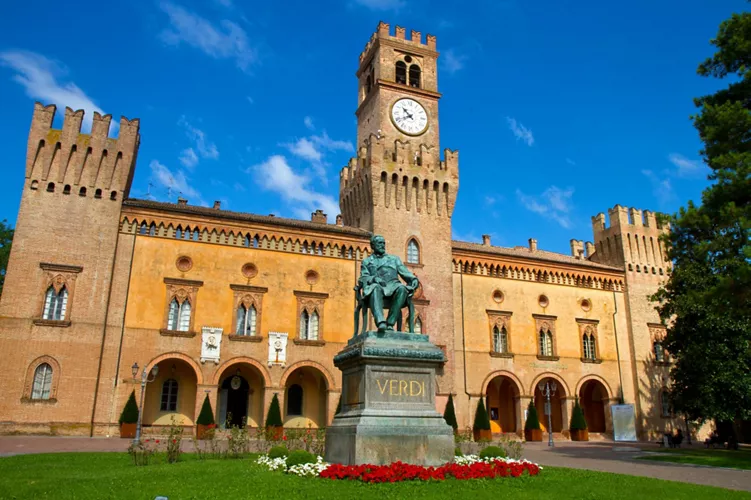
After the food tour, hunger sets in. Before concluding with dinner in the shadow of the Angiol d'Or, a golden statue that seems to watch over everything from the top of the bell tower of Parma Cathedral, stop at the historic Salsamenteria in Busseto, halfway between a shop of wonders and an antique shop where, without a menu, you can try the best charcuterie boards with cured meats, cheeses and artisanal sauces, complemented by excellent wine and homemade cakes. In Busseto one breathes the glory of Giuseppe Verdi everywhere and a stop at the theatre dedicated to him and the house of Barezzi, the father-in-law who helped him so much in his training, is certainly recommended. So it is back to Parma, where you are spoilt for choice among restaurants, osterias and bistros to continue your local meal.

